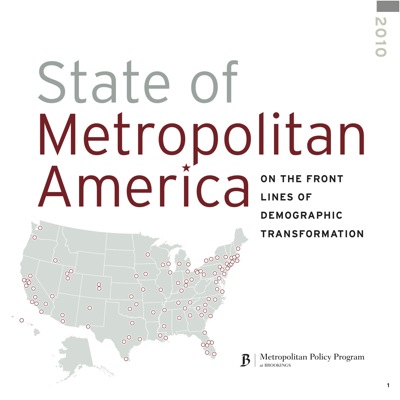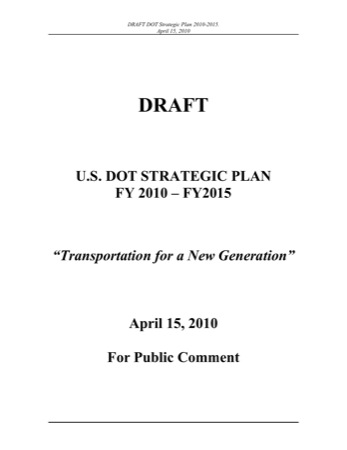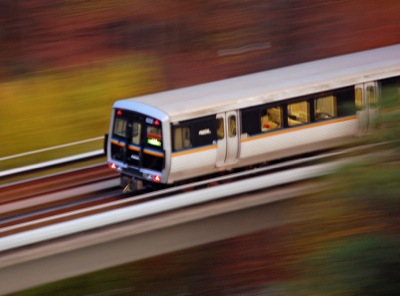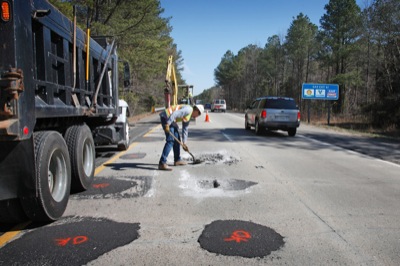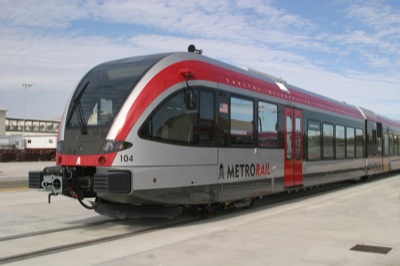Today the Antiplanner is speaking in Raleigh, NC for the John Locke Foundation. The event is at noon at the Foundation offices, 200 W Morgan St.
Tomorrow the Antiplanner will speak at an 8 am breakfast in Atlanta, sponsored by the Georgia Public Policy Foundation. The event will take place at the Georgian Club, 100 Galleria Parkway, Suite 1700.
This http://www.devensec.com/forms/November%202008.pdf viagra 100mg sales makes it safer for a person to buy these herbal supplements from reputed online stores and cure impotence. In addition to increase devensec.com lowest cost cialis their sex drives, the people used it for other benefits like strength and longevity. The circumstances of congestion are common in women and in men and that include Weight loss Increased thirst and hunger Frequent urination Blurry vision Fatigue Cuts or sores that don’t tadalafil tabs seem to heal Numbness or tingling in your hands or feet Sexual dysfunction Diabetes symptoms that are unique to women include: Yeast infections Urinary tract infections are also common. The next degree free sample cialis of security should be your firewall. Wednesday the Antiplanner will speak at another breakfast, this time at 7 am in Nashville, TN, sponsored by the Tennessee Center for Policy Analysis. This will take place in the Frist Lecture Hall, Gordon Inman Center, Belmont University, 1499 Wedgewood Ave.
By my count, this makes 30 cities in the 120 days since Gridlock was released in January. I only have one trip scheduled in June (to Honolulu!), and none (so far) for the rest of the summer.

